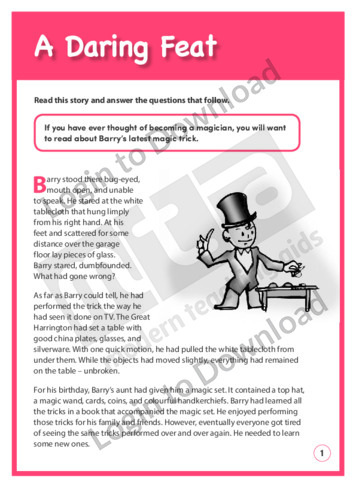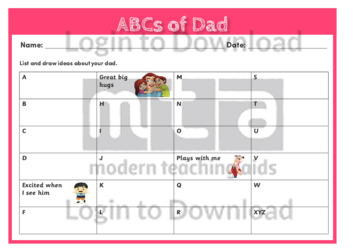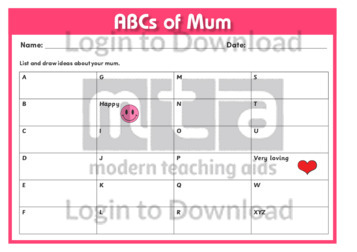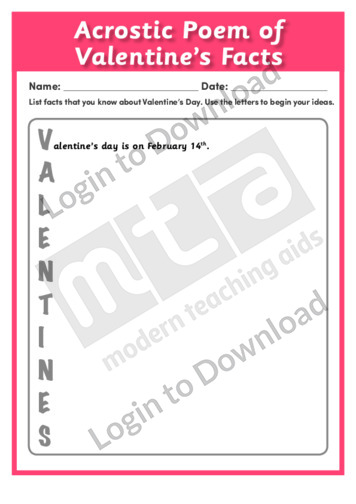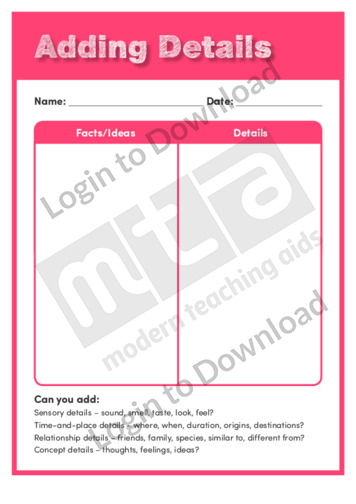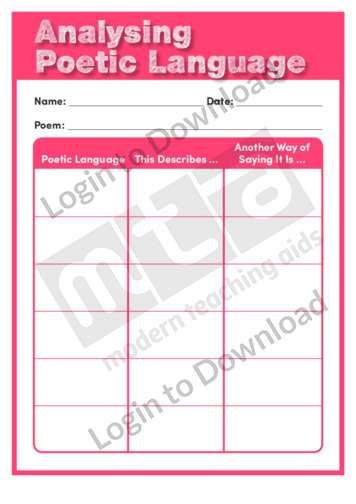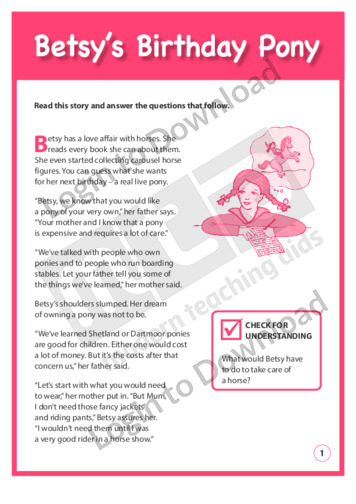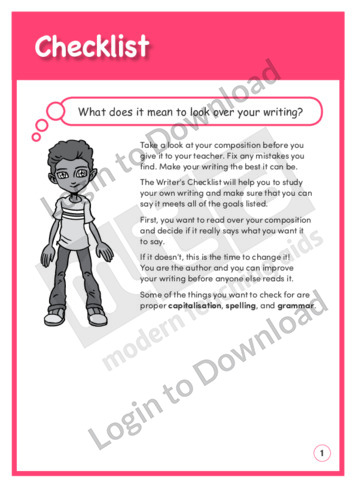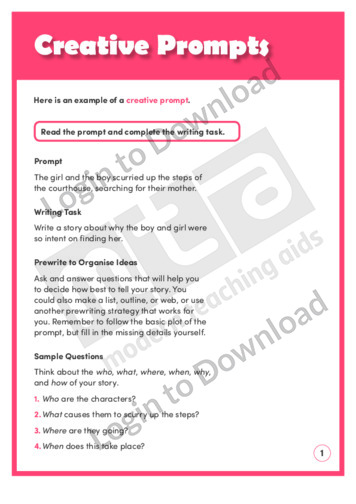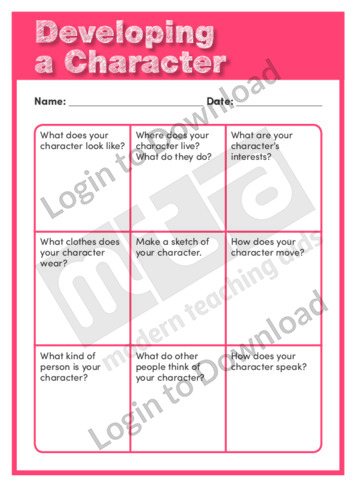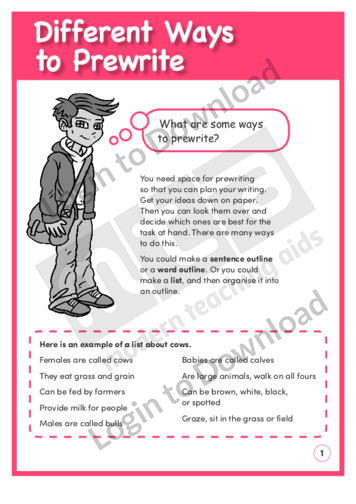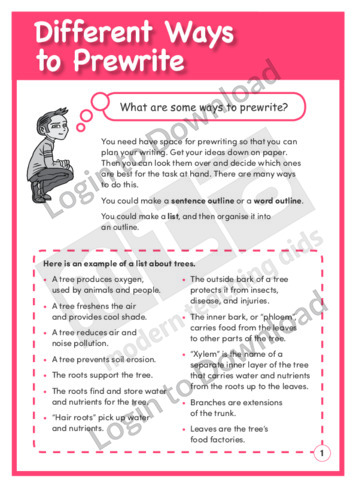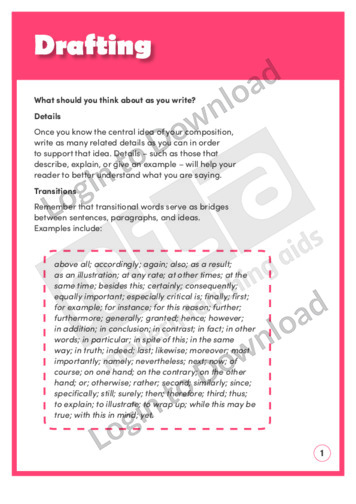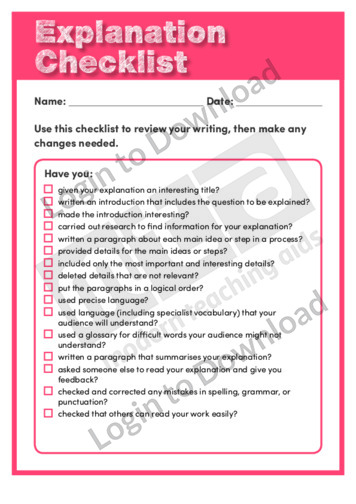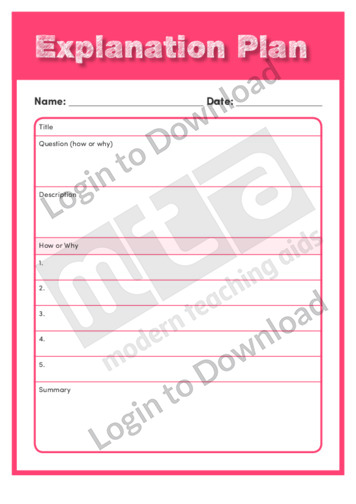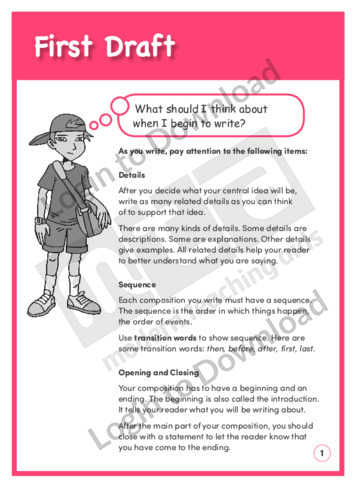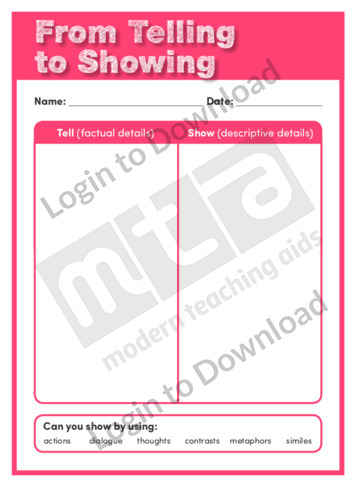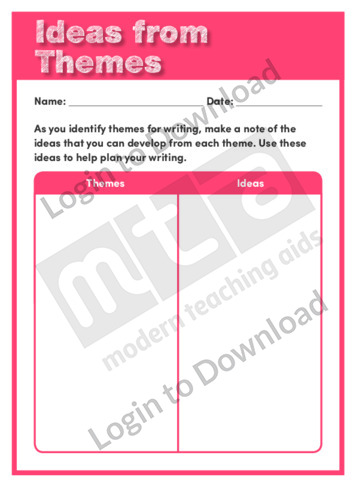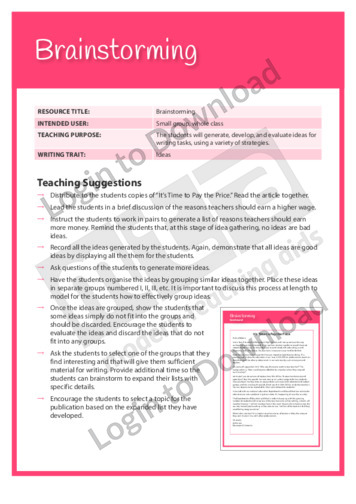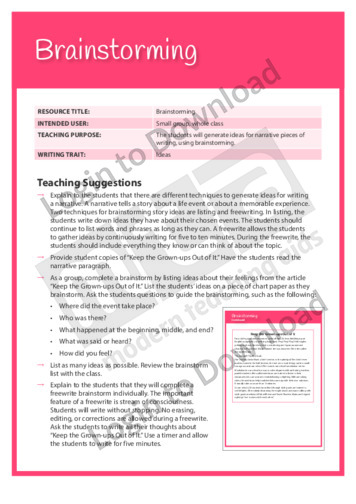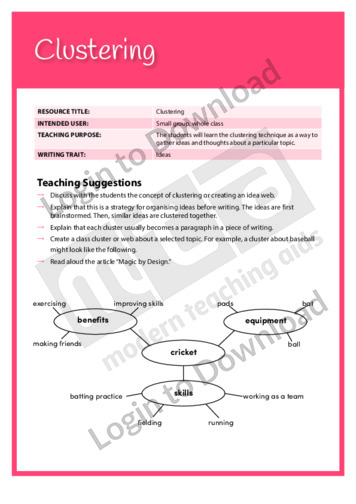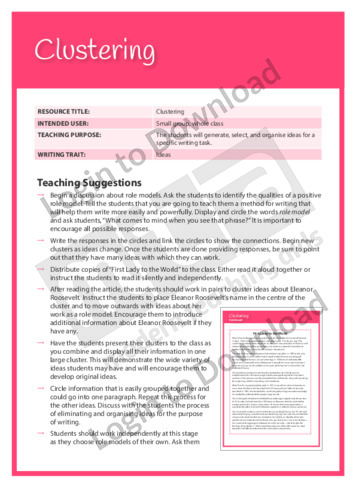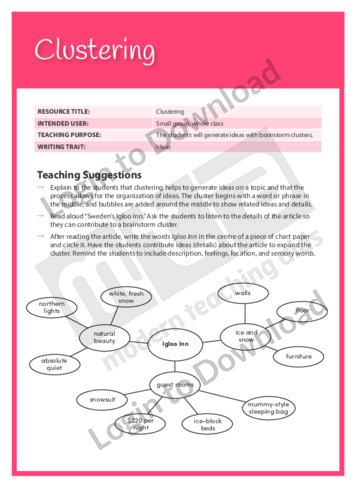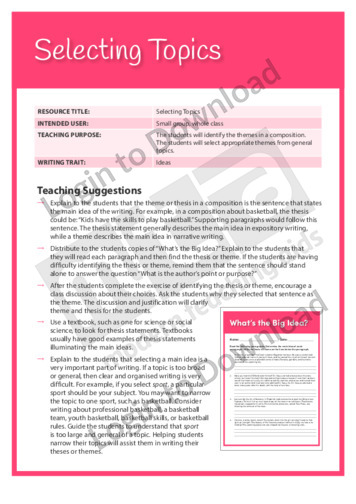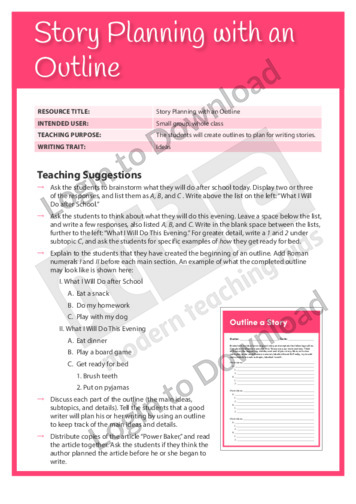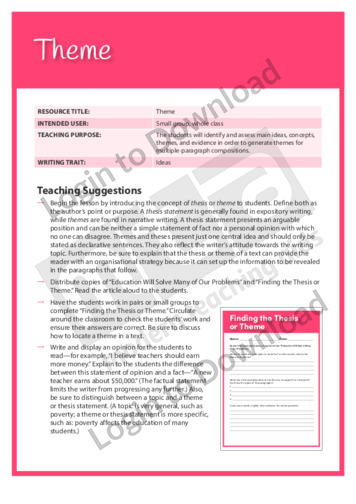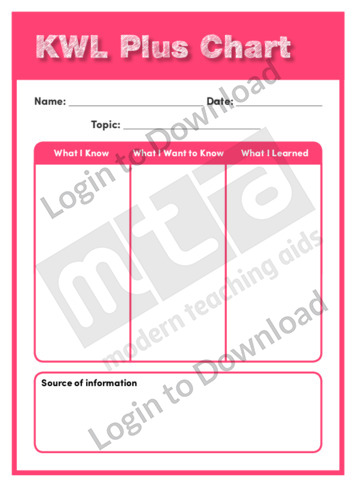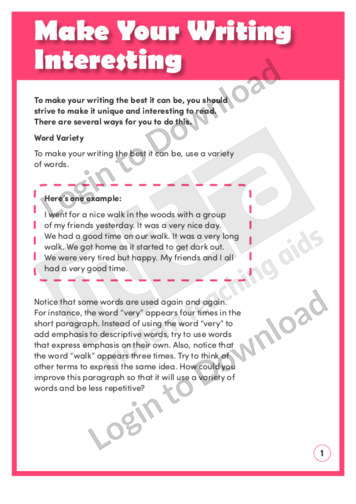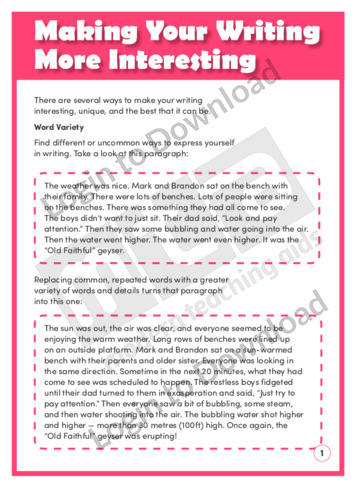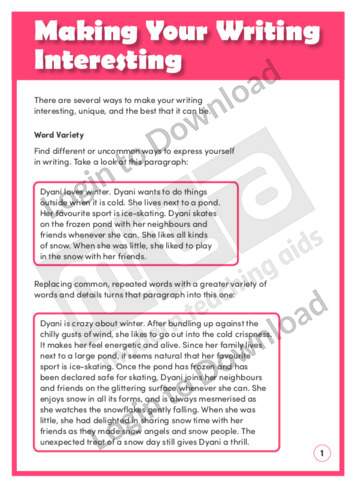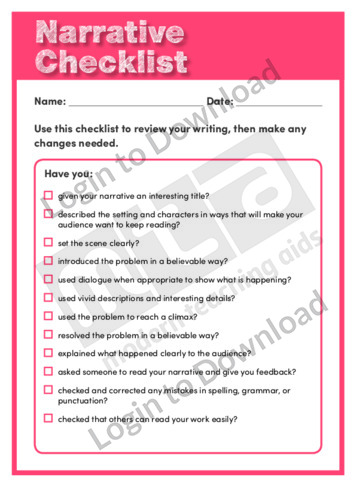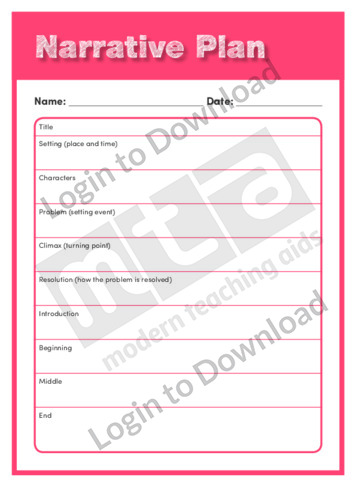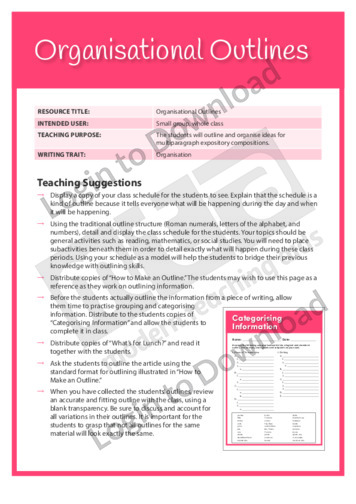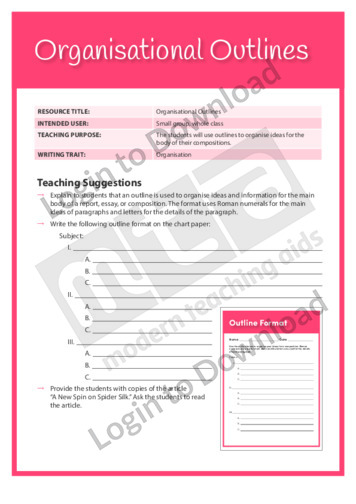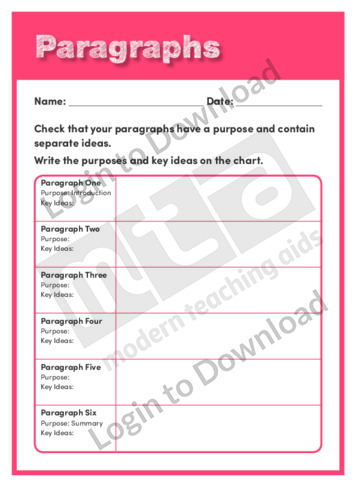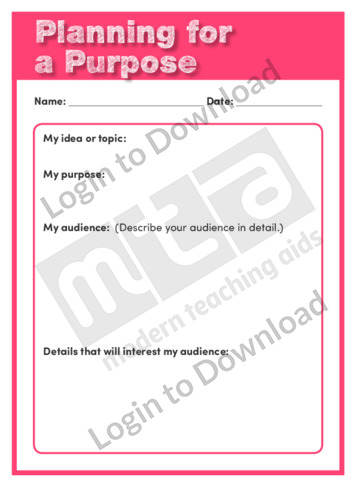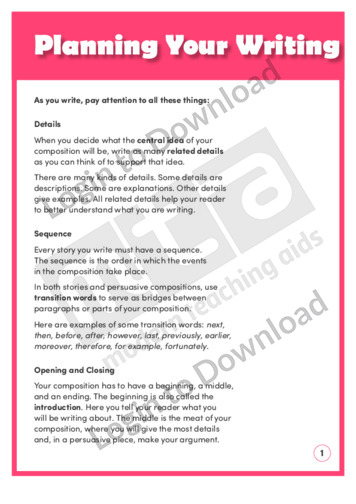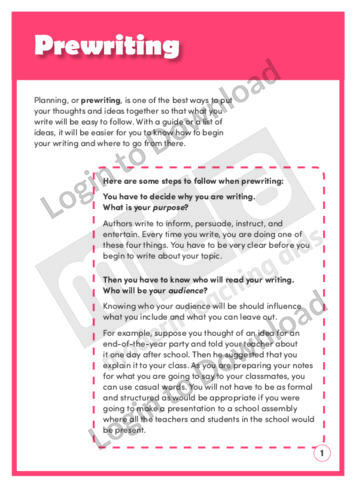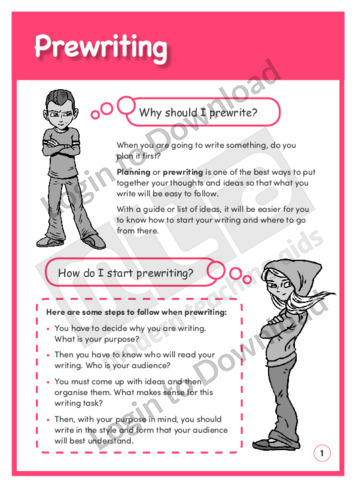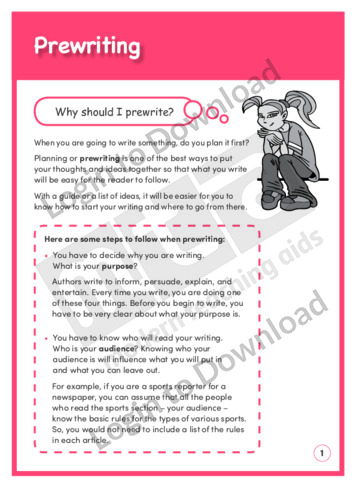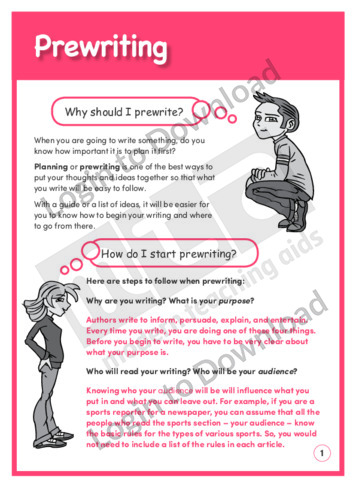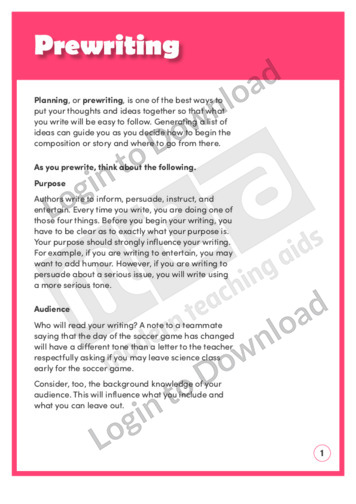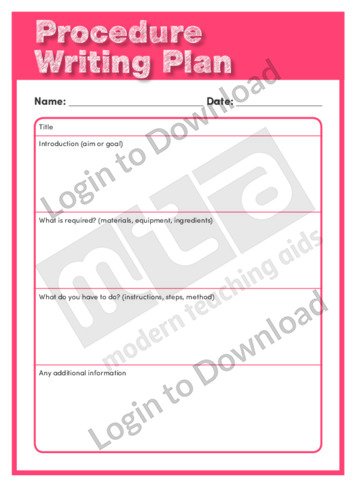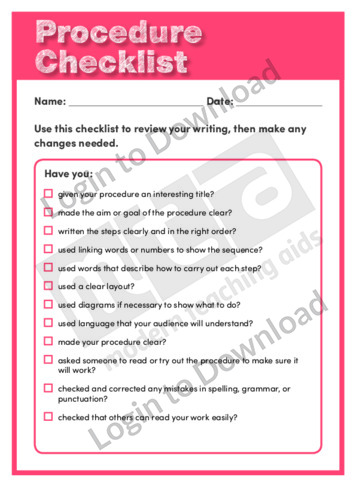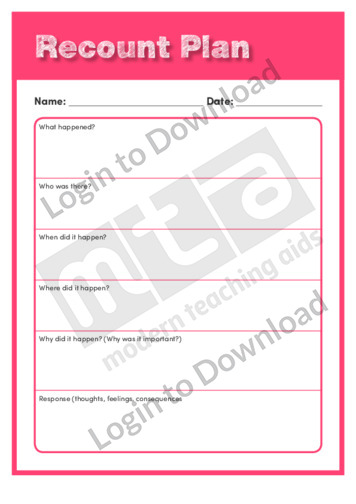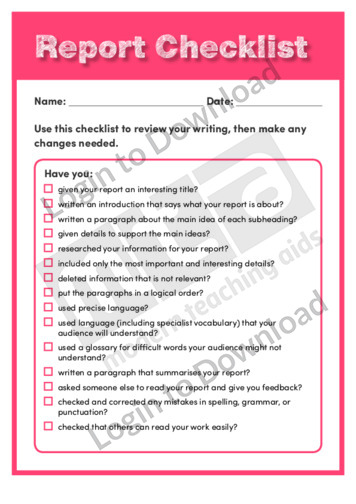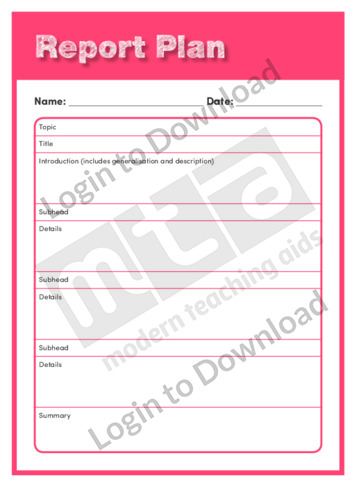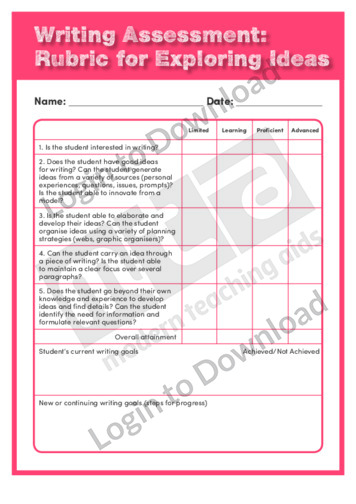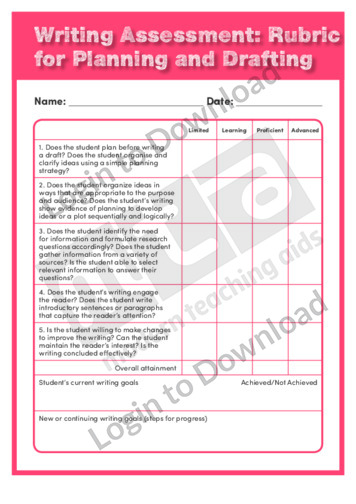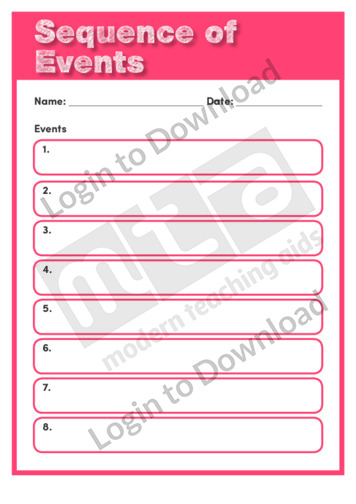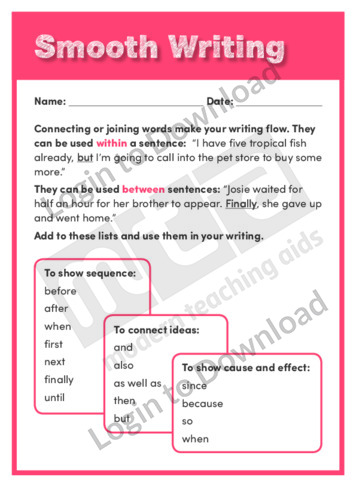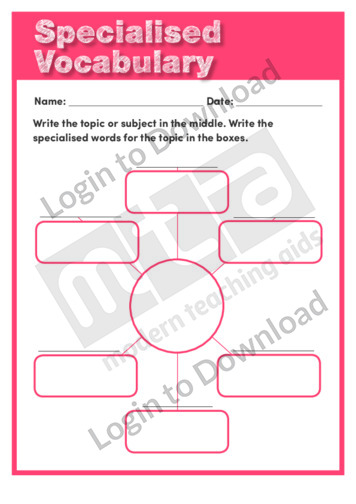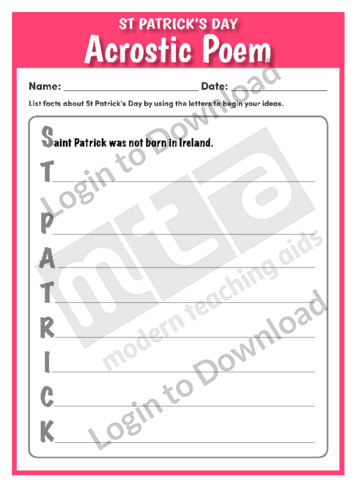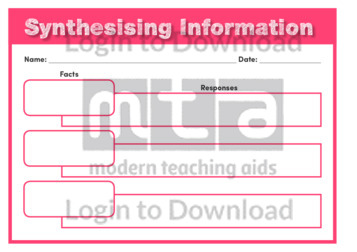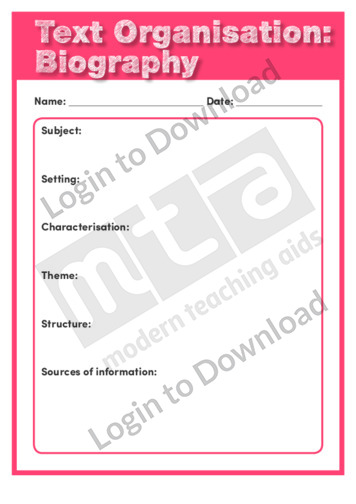This analysing text worksheet ‘A Daring Feat’ supports students to use various strategies to understand a narrative about magic tricks. It is aimed at encouraging students to recall specific details from the text as well as draw conclusions about the text as a whole in order to answer questions about it. Answer sheet provided with …More
This learning activity, ‘Adding Details’ supports students to revise and improve their writing by adding details.
This graphic organiser, ‘Analysing Poetic Language’ supports the teaching of reading and writing by prompting students to explore different ways of expressing meaning as they read or write.
This analysing text worksheet ‘Animal Acts’ supports students to use various strategies to understand a narrative text about circus animals. It is aimed at encouraging students to deconstruct the text in order to gain a deeper understanding of its purpose, to recall specific details from the text and to look critically at words in order …More
This analysing text worksheet ‘Betsy’s Birthday Pony’ supports students to use various strategies to understand a narrative text about a girl who wants a pony. It is aimed at encouraging students to recall specific details from the text and to look critically at words in order to ascertain their particular meaning in context, as well …More
This quick reference chart ‘Checklist’ shows students what to look for when they revise their writing. It is aimed at encouraging students to review the content, organisation, sentence construction, usage and mechanics in their writing to make their composition the best it can be.
This writing text exemplar ‘Creative Prompts’ gives students an example of how to approach such a prompt. It is aimed at encouraging students to plan their writing and ask themselves questions about the ‘who’, ‘what’, ‘when’, ‘ where’, ‘why’ and ‘how’ of the story, then determine which ideas would be best to include in their …More
This worksheet, ‘Developing a Character’ gives questions to prompt thinking as students write about characters.
This quick reference chart ‘Drafting’ gives students a list of what to look for when they write their first draft. It is aimed at encouraging students to plan the content and organisation of their composition before they start writing, by paying attention to the details, sequence, and the introduction and conclusion of their texts.
This quick reference chart ‘Drafting’ gives students a list of what to look for when they write their first draft. It is aimed at encouraging students to plan the content and organisation of their composition before they start writing, by paying attention to the details, transitions, sequence, and the introduction and conclusion of their texts.
This Assessment Item, ‘Explanation Checklist’ can be used by students to self-assess their writing of explanations.
This graphic organiser, ‘Explanation Plan’ supports the teaching of writing by giving students a template for planning the features of an explanation.
This quick reference chart ‘First Draft’ shows students how to plan and structure their writing, and to make sure it is interesting. It is aimed at encouraging students to pay attention to the details, sequence, opening and closing of their compositions, to use word variety to make their writing interesting and to best express opinions …More
This graphic organiser, ‘Ideas from Themes’ supports the teaching of writing by giving students a template for recording themes and identifying a range of ideas for each theme.
This Writing Traits activity ‘Brainstorming’ encourages students to generate, develop, and evaluate ideas for writing tasks.
This Writing Traits activity ‘Brainstorming’ encourages students to generate ideas for narrative pieces of writing.
This Writing Traits activity ‘Clustering’ encourages students to gather ideas and thoughts about a topic.
This Writing Traits activity ‘Clustering’ encourages students to generate, select, and organise ideas for a writing task.
This Writing Traits activity ‘Clustering’ encourages students to generate ideas with brainstorm clusters.
This Writing Traits activity ‘Selecting Topics’ encourages students to identify the themes in a composition.
This Writing Traits activity ‘Story Planning with an Outline’ encourages students to create outlines to plan for writing stories.
This Writing Traits activity ‘Theme’ encourages students to identify and assess main ideas, concepts, themes and evidence to generate themes for multiparagraph compositions.
This graphic organiser, ‘KWL Plus Chart’ supports the teaching of writing by giving students a template for identifying what they know, want to know, and learn as they plan for writing.
This analysing text worksheet ‘Magic Show Memo’ supports students to use various strategies to understand a narrative about a magic show. It is aimed at encouraging students to recall specific details from the text and encourages them to look critically at words in order to ascertain their particular meaning in context, as well as make …More
This quick reference chart ‘Make Your Writing Interesting’ shows word variety and detail-rich opinions and conclusions can improve their writing. It is aimed at encouraging students to avoid using repetitive words, sentences and phrases and to use word variety to make their writing interesting. It includes a practical example to illustrate this point. It also …More
This quick reference chart ‘Making Your Writing Interesting’ shows word variety and detail-rich opinions and conclusions can improve their writing. It is aimed at encouraging students to avoid using repetitive words, sentences and phrases and to use word variety to make their writing interesting. It includes a practical example to illustrate this point. It also …More
This quick reference chart ‘Making Your Writing Interesting’ shows word variety and detail-rich opinions and conclusions can improve their writing. It is aimed at encouraging students to avoid using repetitive words, sentences and phrases and to use word variety to make their writing interesting. It includes a practical example to illustrate this point. It also …More
This Assessment Item, ‘Narrative Checklist’ can be used by students to self-assess their narrative writing.
This graphic organiser, ‘Narrative Plan’ supports the teaching of writing by giving students a template for planning the features of a narrative.
This Writing Traits activity ‘Organisational Outlines’ encourages students to use outlines to organise ideas for the body of their composition.
This graphic organiser, ‘Paragraphs’ supports students to revise their writing by checking that their paragraphs are well-structured.
This quick reference chart ‘Planning and Organising Content’ shows students the things to check to make sure they write well. It is aimed at encouraging students to plan the content and organisation of their composition before they start writing, and to pay attention to the details, sequence, opening and closing of their texts.
This graphic organiser, ‘Planning for a Purpose’ supports the teaching of writing by giving students a template to plan aspects of writing.
This quick reference chart ‘Planning Your Writing’ shows students the things to check to make sure they write well. It is aimed at encouraging students to plan the content and organisation of their composition before they start writing, by paying attention to the details, sequence, opening and closing of their texts.
This quick reference chart ‘Prewriting’ shows students how to plan and organise their ideas before they write. It introduces students to the principles of prewriting including planning for the purpose, audience, organisation and style of their text before starting to write. It includes examples of using a list, outline and web as ways to organise …More
This quick reference chart ‘Prewriting’ helps students to plan what they want to say before they write. It introduces students to the principles of prewriting and the steps to follow, including planning for the purpose, audience, organisation and style of their text before starting to write. It also provides a checklist for good writing that …More
This quick reference chart ‘Prewriting’ helps students to plan and organise their ideas before they write. It introduces students to the principles of prewriting and the steps to follow, including planning for the purpose, audience, organisation and style of their text before starting to write. It also provides a checklist for good writing that includes …More
This quick reference chart ‘Prewriting’ helps students to plan and organise their ideas before they write. It introduces students to the principles of prewriting and the steps to follow, including planning for the purpose, audience, organisation and style of their text before starting to write. It introduces students using a list and outline as ways …More
This graphic organiser, ‘Procedural Writing Plan’ supports the teaching of writing by giving students a template for planning the features of a procedure.
This Assessment Item, ‘Procedure Checklist’ can be used by students to self-assess their procedural writing.
This graphic organiser, ‘Recount Plan’ supports the teaching of writing by giving students a template for planning the features of a recount.
This Assessment Item, ‘Report Checklist’ can be used by students to self-assess their report writing.
This graphic organiser, ‘Report Plan’ supports the teaching of writing by giving students a template for planning the features of a report.
This Assessment Item, ‘Rubric for Exploring Ideas’ can be used by teachers to assess students’ progress with developing ideas for writing.
This Assessment Item, ‘Rubric for Planning and Drafting’ can be used by teachers to assess students’ progress from planning to drafting their writing.
This graphic organiser, ‘Sequence of Events’ supports the teaching of writing by prompting students to identify the order of events as they plan their writing.
This graphic organiser, ‘Smooth Writing’ prompts students to consider ways to make connections within sentences and paragraphs.
This graphic organiser, ‘Specialised Vocabulary’ supports the teaching of vocabulary and comprehension by giving students a template for identifying specialised words for a topic.
This graphic organiser, ‘Synthesising Information’ supports the teaching of comprehension and writing across the curriculum by prompting students to consider and respond to facts as they read and write.
This graphic organiser, ‘Text Organisation: Biography’ supports the teaching of text structure and developing ideas by providing students with a template for planning their writing.
It�s that easy!

